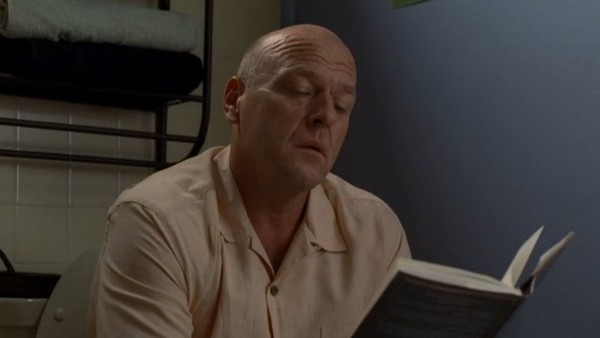Breaking Bad At 10: 8 Ways It Changed TV For Good
6. Patience, You Must Have

Breaking Bad's first season, which only had seven episodes, struggled for a million viewers each week. It was getting praise from critics, but no one else was really watching it. Ratings grew glacially over the following years, helped by an expansion onto Netflix and VOD, before an explosion for its final season. The show that struggled to reach a million in its first episode had an audience of over 10m for its last in the U.S. alone.
It's a stunning rise, and above all shows how patience really is a virtue in the TV landscape, especially now. With so many shows and services battling for attention, it can take longer for a series to become a hit. Now, though, a lot of networks, cable channels, and streaming services are more prepared to give a chance to shows that might've been quickly killed off.
It's not always the case, of course, but it's a practice AMC have kept at - Better Call Saul, Halt and Catch Fire - and other giants like HBO (see: The Leftovers), Netflix (which renewed pretty much everything until last year), and perhaps more than any other network, FX, which has built a reputation on giving a chance to daring programming. Even Showtime's Twin Peaks, which was a revival of a cult series that didn't do big numbers, was a sign of playing a long game (this time subscribers rather than viewers). All can be said to owe at least some debt to Breaking Bad for helping to blaze that trail and convince networks to look beyond Neilsen ratings.